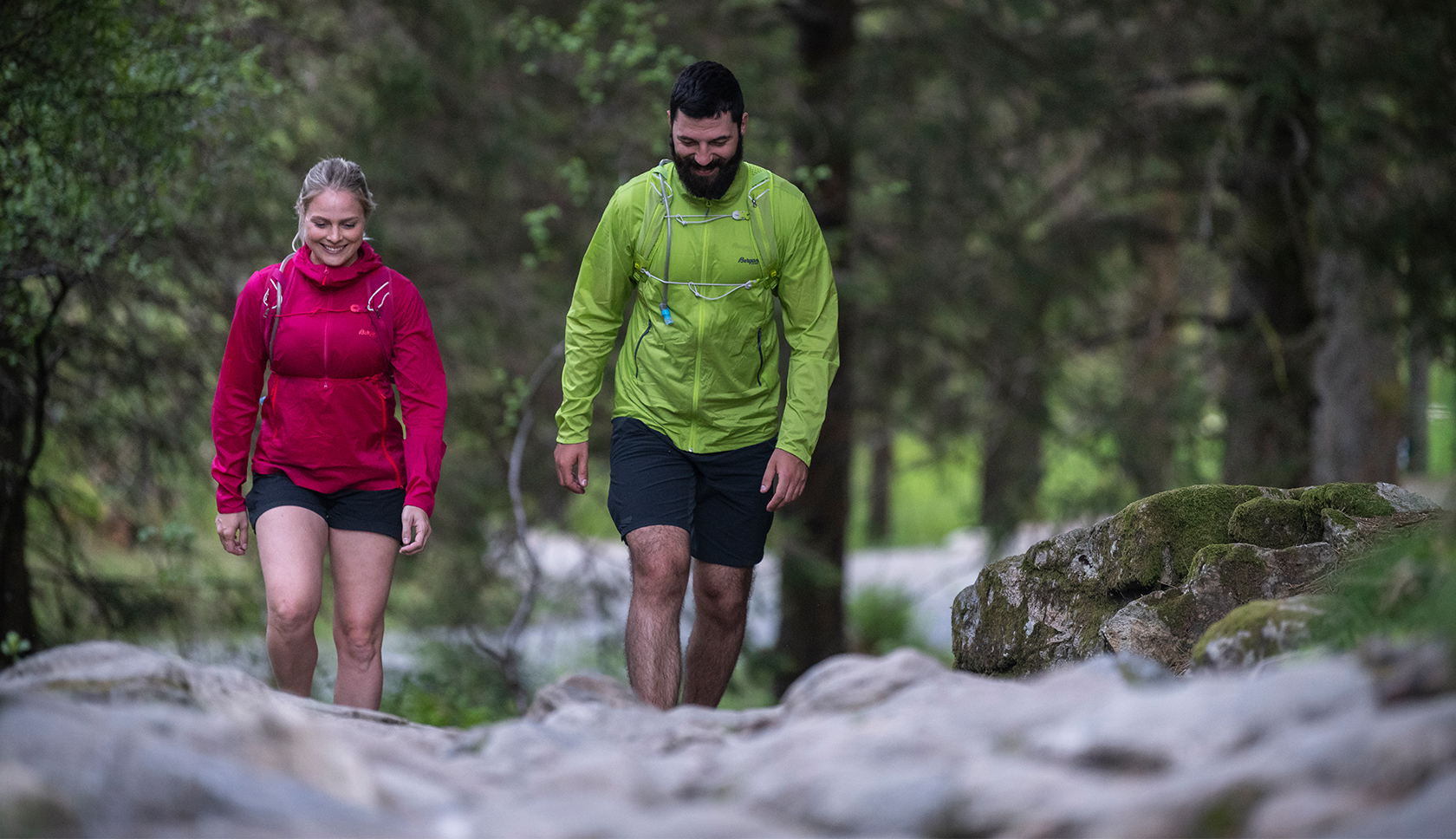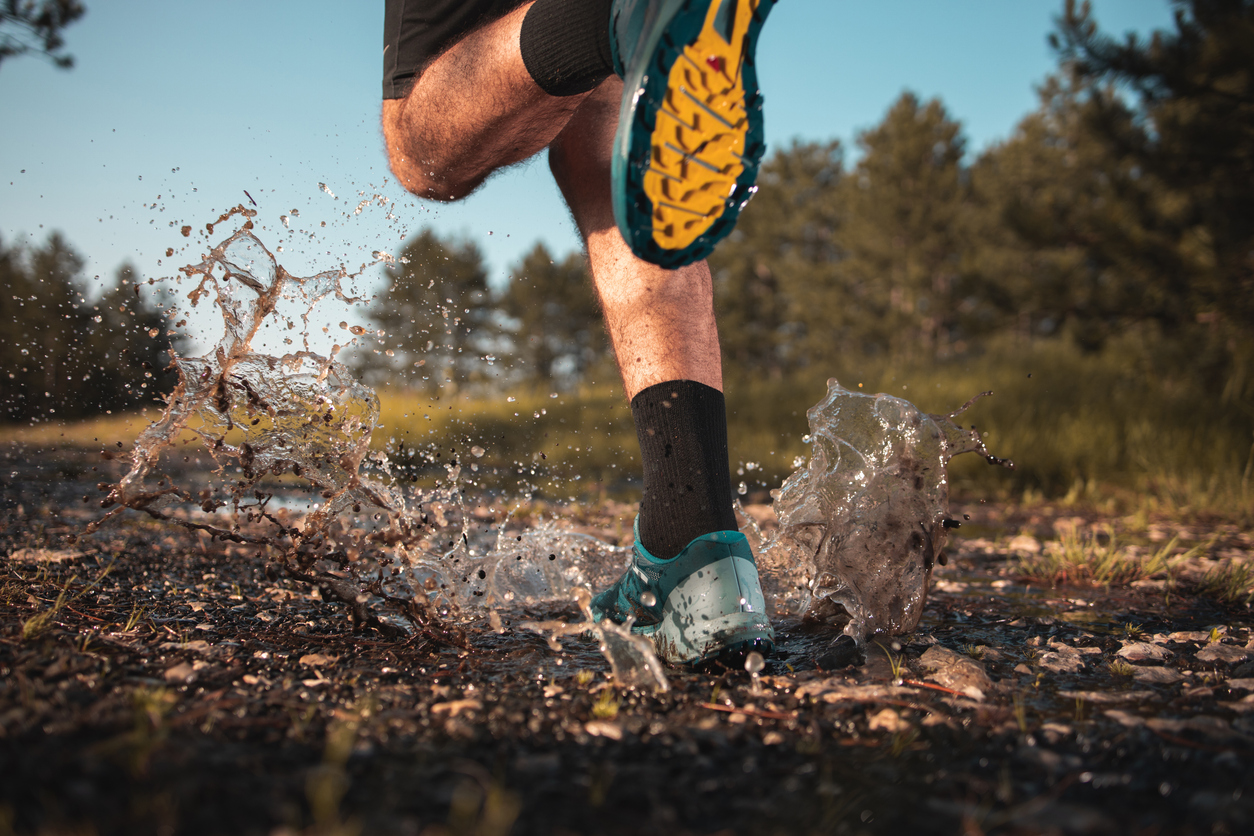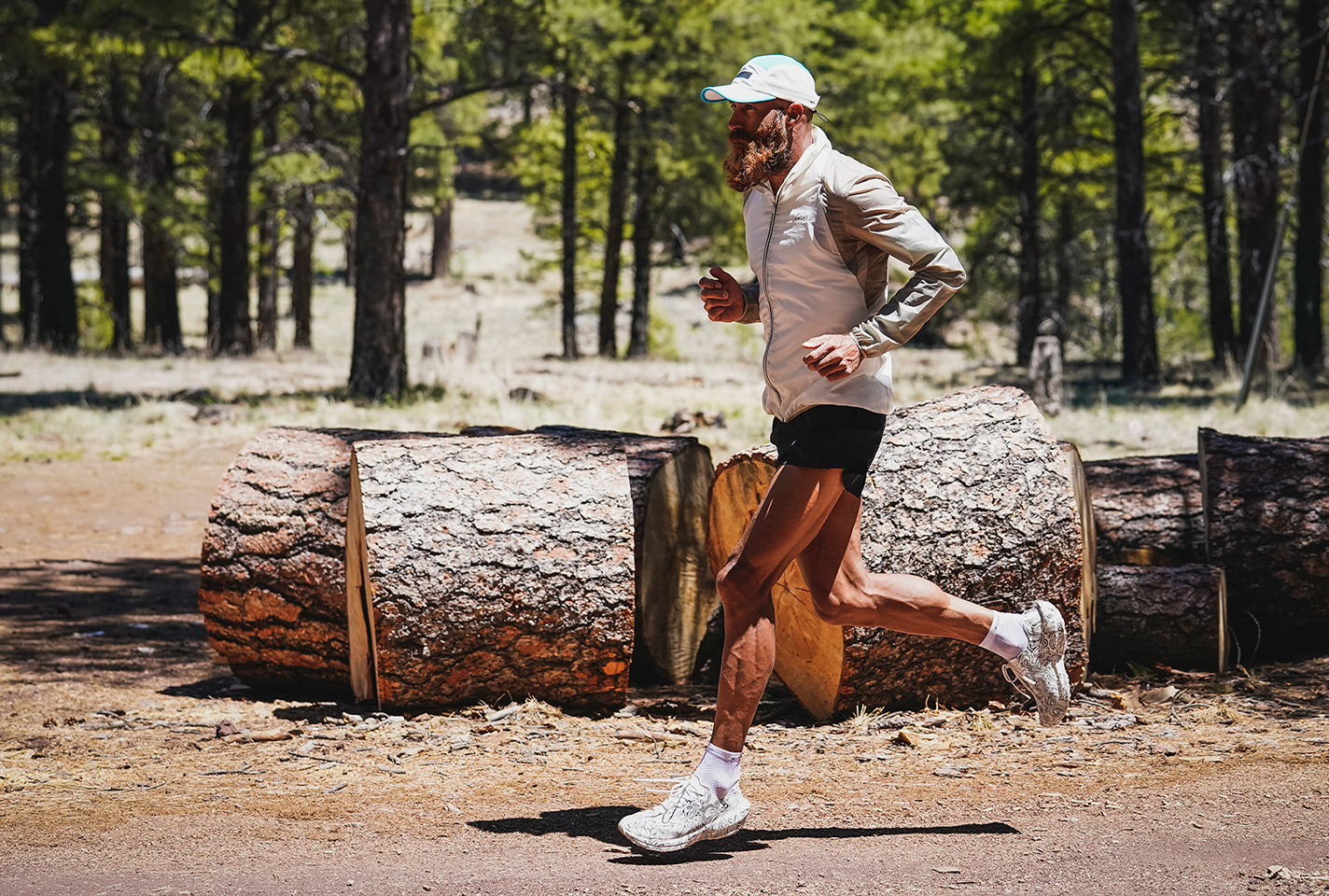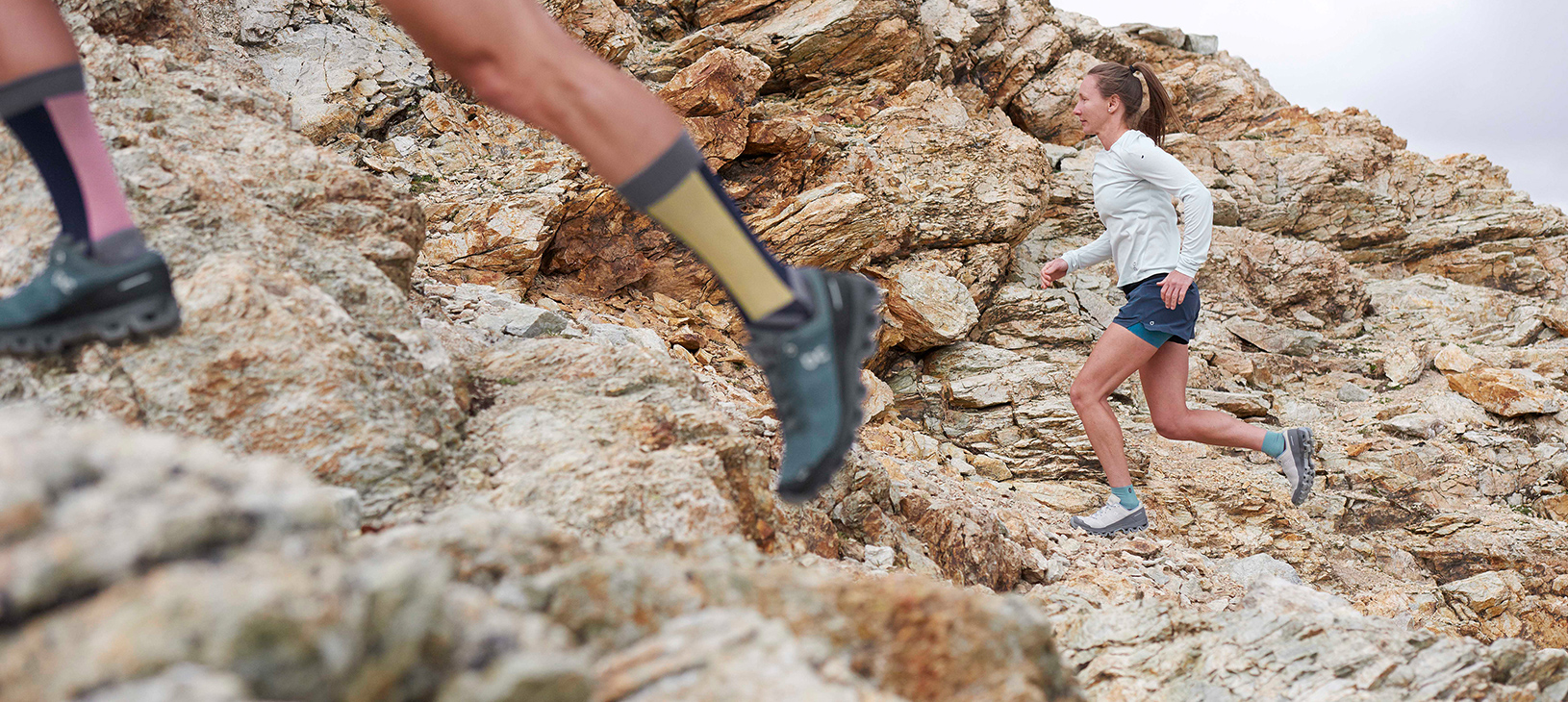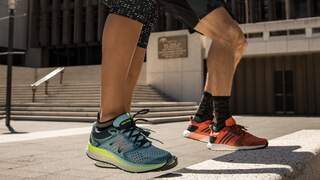Fast Hiking
Fast hiking—sometimes called speed hiking or fastpacking—is a growing trend in the outdoor world, blending the endurance of hiking with the pace and minimalism of trail running. Whether you’re looking to cover more ground in less time, challenge yourself physically, or simply make the most of your weekends, fast hiking opens up a whole new world of adventure.
What Is Fast Hiking?
Fast hiking is an innovative approach to outdoor adventure that bridges the gap between traditional hiking and trail running, offering a dynamic way to experience the trails. Unlike classic hiking, which is often about leisurely exploration and soaking in the scenery, fast hiking is all about efficiency—moving at a brisk pace, sometimes incorporating short bursts of jogging, to cover more ground in less time. This method appeals to those who crave the challenge and fitness benefits of trail running but prefer the stability and control of hiking. Fast hiking is also about embracing minimalism: you carry only what you need, focusing on lightweight gear that won’t slow you down. The result is a more athletic, purposeful journey that lets you see more of the outdoors, whether you’re tackling a local hill or a long-distance national trail.
Why Is Fast Hiking So Popular?
The popularity of fast hiking has surged in recent years, particularly among time-pressed outdoor enthusiasts who want to maximise their adventures without sacrificing their work-life balance. For many, the appeal lies in the versatility: fast hiking can be as challenging or as relaxed as you want it to be. It’s perfect for those who want to squeeze a big day out into a few hours, or for runners seeking a lower-impact way to train on the trails. The fitness benefits are substantial—fast hiking boosts cardiovascular health, builds muscular endurance, and burns more calories than a gentle stroll. It’s also a fantastic way to clear your mind, push your limits, and experience the natural world at a new pace. Plus, with the right gear and preparation, fast hiking is accessible to almost everyone, regardless of age or experience level
Fast Hiking vs. Trail Running vs. Traditional Hiking
| Feature | Fast Hiking | Trail Running | Traditional Hiking |
|---|---|---|---|
| Pace | Brisk walk/jog | Running | Steady walk |
| Gear | Lightweight, minimal | Ultra-light, running-specific | Heavier, comfort-focused |
| Terrain | Varied, often technical | Usually smoother, runnable | Any, including rough trails |
| Focus | Distance, efficiency | Speed, performance | Enjoyment, scenery |
| Pack Weight | 3–8kg | 1–3kg | 8–15kg |
| Clothing | Technical, quick-drying | Running kit, shorts, vests | Hiking trousers, boots |
Fast hiking is distinct from both trail running and traditional hiking, combining elements of both but creating its own unique experience. While trail running is about speed and performance, often with the lightest possible kit, fast hiking allows for a more measured approach—swift, but not at the expense of safety or comfort. Traditional hiking, on the other hand, is typically slower and involves heavier gear, making it less suited to those looking to cover long distances quickly. Fast hiking strikes the perfect balance, enabling you to travel further and faster without the intensity of a full run or the burden of a heavy pack.
Getting Started: How to Train for Fast Hiking
To get the most out of fast hiking, it’s important to build a solid foundation of fitness and trail skills. Start by incorporating regular hikes into your weekly routine, gradually increasing your pace and distance as your stamina improves. Mix in intervals of brisk walking or light jogging to boost your cardiovascular fitness. Strength training is crucial—focus on your legs, glutes, and core to improve stability and prevent injury. Mobility exercises, such as dynamic stretching and yoga, will help keep you limber and reduce the risk of strains. Practice on a variety of trails, starting with familiar routes and progressing to more technical or hilly terrain as your confidence grows. Remember to listen to your body, rest when needed, and celebrate your progress along the way.
Essential Gear for Fast Hiking
Footwear
Choosing the right footwear is crucial for fast hiking. Opt for trail running shoes or lightweight hiking shoes that offer a balance of grip, cushioning, and support. Look for shoes with aggressive tread patterns for traction on muddy or rocky trails, and ensure a snug fit to prevent blisters. Avoid heavy boots unless you’re tackling particularly rough or mountainous terrain, as they can slow you down and cause fatigue.
Top picks for 2025:
- Hoka Speedgoat → Renowned for its cushioning and grip, ideal for long distances.
- Salomon X Ultra → Offers excellent stability and traction on technical terrain.
- Merrell Moab Speed → Lightweight, comfortable, and versatile for varied trails.
Clothing
Dress in technical, moisture-wicking layers that keep you comfortable in changing weather. A lightweight, waterproof jacket is essential for the UK’s unpredictable climate. Quick-drying shorts or trousers, a breathable top, and a sun hat or cap will keep you cool and protected. In cooler months, pack lightweight gloves and a buff or headband for extra warmth.
Top Picks for 2025
- Arc’teryx Norvan Jacket → Ultra-lightweight, waterproof, and breathable.
- Rab Phantom Pull-On → Packs down small, offers excellent wind protection.
Backpack
A small, ergonomic daypack (10–20L) is ideal for fast hiking. Look for packs with adjustable straps, a close-to-body fit, and easy access to water and snacks. Many fast hikers prefer packs with hydration bladders or soft flasks, allowing you to drink on the move without stopping.
Safety & Navigation
Never hit the trail without a map, compass, or GPS device. Pack an emergency thermal blanket, small first-aid kit, and a headlamp or torch in case you’re delayed. A fully charged mobile phone with offline maps can be a lifesaver, but don’t rely solely on technology—always have a backup navigation method.
Choosing the Right Trail for Fast Hiking in the UK
Selecting the right trail can make or break your fast hiking experience. Look for well-marked paths with manageable elevation gain and good trail conditions. Avoid routes that are boggy, overgrown, or prone to flooding, especially after heavy rain. Consider trails with regular access to water refill points and clear exit routes in case you need to cut your hike short. Some of the UK’s best fast hiking routes include the Ridgeway, South Downs Way, and Lake District Fells, all offering a mix of terrain, scenery, and challenge. Research your chosen trail in advance, check recent trip reports, and always have a backup plan in case conditions change.
Tips for Fast Hiking Success
- Plan your route → Study maps, check weather forecasts, and know where you can exit or shorten your hike if needed.
- Warm up → Spend 5–10 minutes stretching and mobilising your joints before you start to reduce the risk of injury.
- Pace yourself → Start at a comfortable pace and gradually increase your speed. Don’t try to sprint the whole way—consistency is key.
- Stay fuelled and hydrated → Eat small amounts regularly and sip water often to maintain energy levels and avoid dehydration.
- Use trekking poles → They can help with balance, reduce strain on your knees during descents, and improve efficiency on steep climbs.
- Travel light → Only bring essentials, and choose multi-use items where possible to save space and weight.
- Check the forecast → UK weather can change quickly, so dress in layers and always carry a lightweight waterproof jacket.
- Respect the trail → Stick to marked paths, leave no trace, and be courteous to other trail users
Fast Hiking Nutrition: What to Eat and Drink
Nutrition is key to sustaining your energy on a fast hike. Focus on easily digestible carbohydrates for quick energy—think energy bars, gels, dried fruit, and oatcakes. Include some protein, such as nuts or jerky, to aid muscle repair, especially on longer hikes. Don’t forget electrolytes—tablets or sports drinks help replace salts lost through sweat and prevent cramps. Hydration is critical: drink small amounts regularly rather than waiting until you’re thirsty. If you’re hiking for more than a few hours, plan a proper meal or substantial snack to keep your energy up.
How to Recover After a Fast Hike
Recovery is just as important as the hike itself. As soon as you finish, spend a few minutes stretching your major muscle groups to prevent stiffness. Rehydrate with water or an electrolyte drink, and eat a balanced meal rich in carbohydrates and protein to aid muscle repair. Rest and get plenty of sleep—your body needs time to recover and adapt. For sore muscles, try foam rolling, massage, or a gentle walk the next day. Incorporating yoga or stretching into your routine can also help maintain flexibility and prevent injury.
FAQs
Fast hiking involves brisk walking or light jogging with a focus on efficiency, while trail running is primarily running on trails, often with even lighter gear.
Most fast hikers move at 3–5 km/h on technical terrain and up to 6–7 km/h on easier trails. Some may jog flat or downhill sections for extra speed.
- Improved cardiovascular health
- Increased calorie burn
- Enhanced endurance and strength
- Opportunity to explore more trails in less time
- Mental boost from challenging yourself
Yes! Start with familiar, less technical trails and gradually increase your pace and distance as your fitness improves.
Focus on lightweight, versatile gear—trail shoes, technical clothing, a small daypack, hydration system, and essential safety items.
Absolutely. The UK offers many suitable trails, from the South Downs Way to the Lake District Fells and the Ridgeway.
Related Articles


